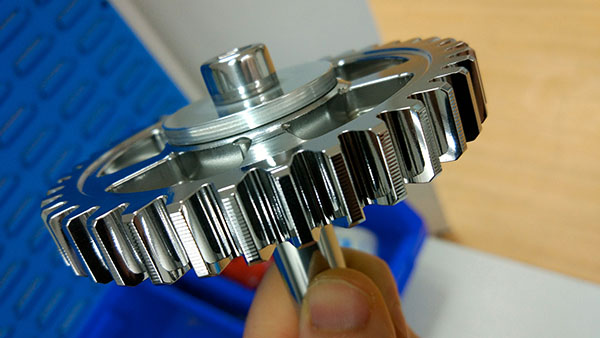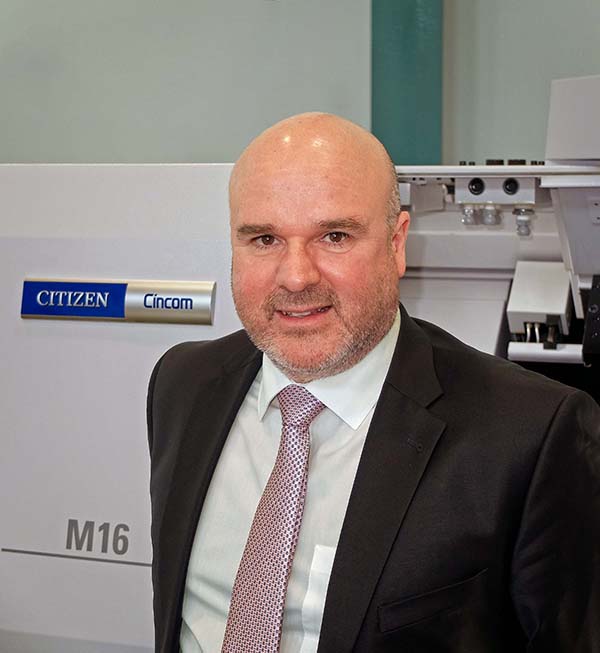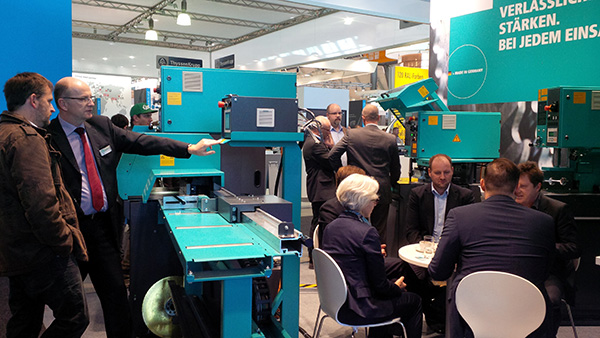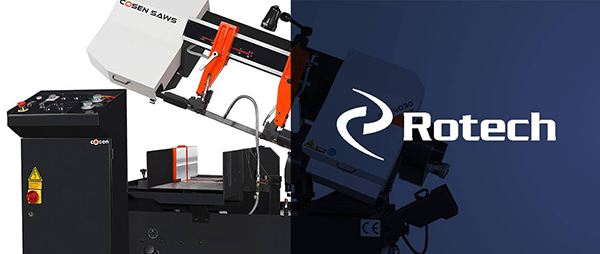From its shared stand at last month’s Southern Manufacturing 2019 exhibition in Farnborough, representatives from Fintek found themselves busy discussing a range of surface finishing requirements. Achieving superior surface finish on components for applications in the aerospace, automotive, motorsport and medical sectors has never been more important.

Reducing friction, extending maintenance intervals, and increasing component life and performance, are desirable benefits when choosing the right surface finishing process.
Offering a range of deburring, edge-honing, fine-grinding and polishing equipment, Fintek works closely with engineers to achieve their design aims and commercial objectives. Cost-effective component surface finishing often takes just minutes, sometimes seconds, and is a repeatable process with a consistency impossible to achieve by hand. On visual inspection alone, finished parts look superior and this is borne out by surface smoothness measurement in the laboratory.
As UK agent for the sales of OTEC Präzisionsfinish drag, disc and stream finishing systems, Fintek provides a service to manufacturers wanting to establish in-house surface finishing. OTEC also offers fully automated systems for inline production, including options for robotic loading and unloading.
Fintek’s own subcontract services use OTEC machines. Choosing the right finishing technique comprising machine, media/compound and processing time is crucial to meet quality and commercial goals. Often, Fintek achieves multiple finishing processes in a single cycle time – for example: deburr, edge round and polish at the same time. Cycle times can be measured in as little as seconds.
For further information www.fintek.co.uk























